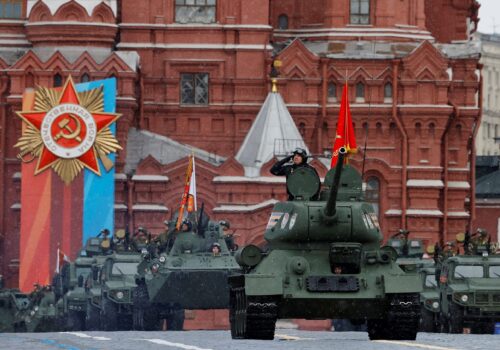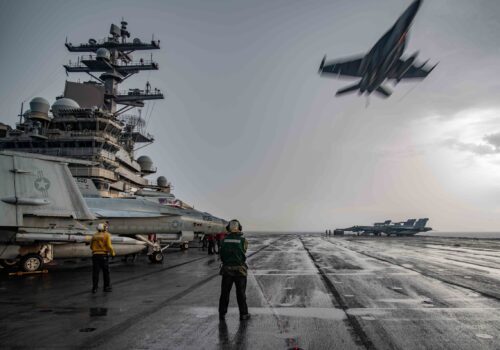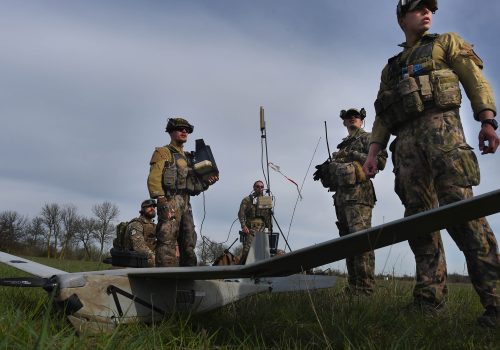Languages
SpanishAll Content
Joslyn Brodfuehrer is an associate director with the Transatlantic Security Initiative (TSI) at the Atlantic Council’s Scowcroft Center for Strategy and Security. In this capacity, she supports TSI’s efforts to strengthen the transatlantic alliance against emerging security threats. She previously served as a program assistant at the National Endowment for Democracy’s International Forum for Democratic Studies, where she supported the center’s information space and emerging technologies research portfolios. Prior to joining the International Forum, Brodfuehrer held internships at the US Department of State (the US embassy in Costa Rica) and the Office of the US Trade Representative (the World Trade Organization and Multilateral Affairs Office).
Brodfuehrer holds a Master of Philosophy in politics and international studies from the University of Cambridge. She graduated summa cum laude from Lafayette College with a Bachelor of Arts in international affairs and government and law, focusing on global conflict and cooperation.



